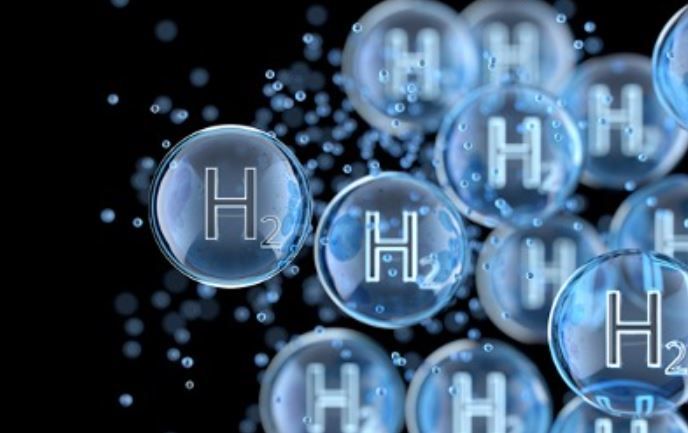In 2023, renewable energy accounted for 22.1% of the EU’s final energy consumption, up from just 9.6% in 2004. As demand for alternative energy sources surges alongside efforts to achieve carbon neutrality, green hydrogen production has emerged at the forefront.
The global hydrogen demand is anticipated to surpass 17,000 terawatt-hours (tWh) by 2050, illustrating both the opportunity and the challenges ahead. Within this context, Ireland finds itself uniquely poised to explore green hydrogen production on an industrial scale, leveraging its abundant renewable resources.
The first comprehensive study assessing large-scale green hydrogen production in Ireland reveals a nuanced landscape influenced by diverse climatic conditions and logistical considerations. Using the HyWiS model—Hydrogen Wind Solar—a detailed analysis of projected costs and logistics was performed, assessing the Republic’s potential to capitalize on wind and solar resources. By 2030, it is projected that locations such as Cork may produce green hydrogen for as low as 2.75 €/kgH2, presenting a compelling case for investment in renewable-driven production.
The model also considers the potential offset of production costs through strategic energy management—particularly the sale of excess electricity back to the Irish grid, potentially reducing the levelized cost of hydrogen (LCOH) by upwards of 13.52%. Moreover, anticipated reductions in technological costs could lead to a 20.27% fall in LCOH between 2030 and 2040, a critical factor in ensuring the competitiveness of green hydrogen against traditional and blue hydrogen alternatives.
The broader European landscape reflects a concerted shift toward hydrogen as part of the solution for deep decarbonization. The European Union aims to install 40 GW of electrolyzers by 2030 to produce substantial quantities of green hydrogen from renewables. Unlike coal gasification, which remains the most detrimental method for hydrogen production due to its environmental impact, green hydrogen offers a zero-carbon alternative as it bypasses carbon capture requirements that accompany blue hydrogen methods.
Hydrogen’s versatility extends its utility beyond simple fuel. Its application in high-temperature industrial processes and power-to-X technologies underscores its potential for extensive decarbonization across sectors traditionally reliant on fossil fuels. In industries requiring high thermal inputs or specialized chemical feedstock, hydrogen offers a robust decarbonization pathway that direct electrification cannot match in efficiency or practicality.
The case for green hydrogen is further bolstered by its favorable combustion characteristics—such as reduced ignition delay and decreased peak pressures—permitting engines to perform with greater mechanical efficiency and lessened carbon emissions. This quality not only positions hydrogen as a key player in industrial applications but also highlights its capability in enhancing internal combustion processes and advancing the efficacy of fuel cell technology.
Ireland’s endeavor into green hydrogen production, backed by the HyWiS model, reflects a critical intersection of ambition and pragmatism within global energy discourse. As projections suggest a steady decline in production costs through strategic innovation and resource optimization, Ireland stands at a promising precipice, poised to contribute significantly to Europe’s hydrogen economy. Balancing the potential with practical challenges therein will guide the next steps towards an integrated, sustainable energy future.
Stay updated on the latest in energy! Follow us on LinkedIn, Facebook, and X for real-time news and insights. Don’t miss out on exclusive interviews and webinars—subscribe to our YouTube channel today! Join our community and be part of the conversation shaping the future of energy.





